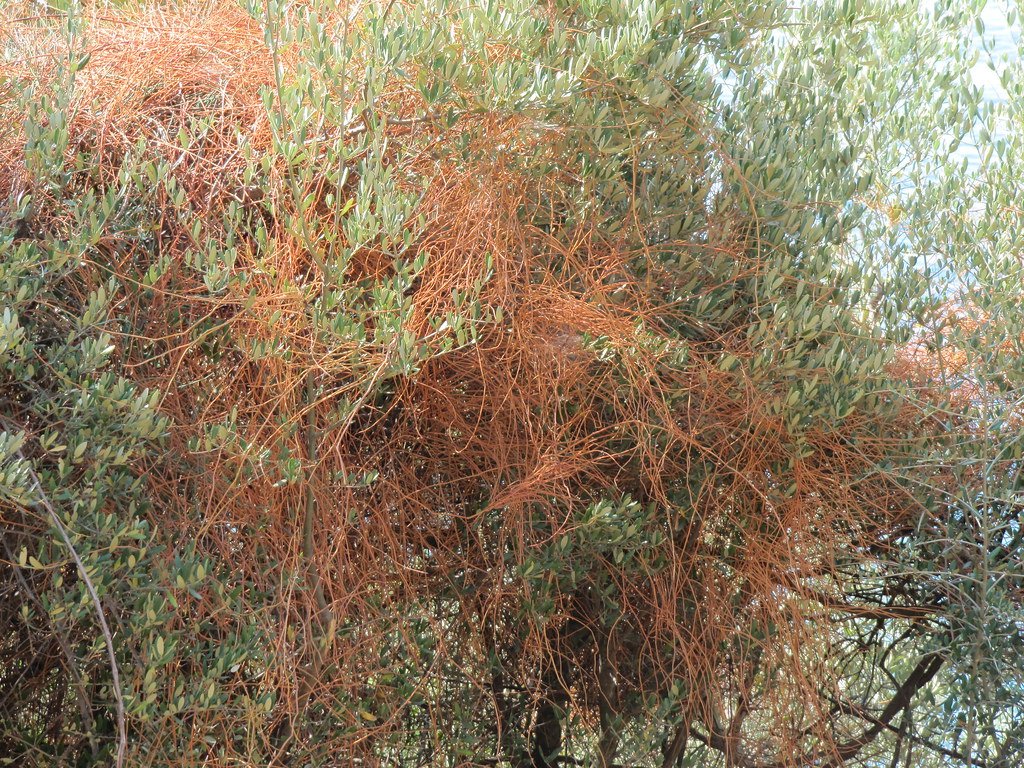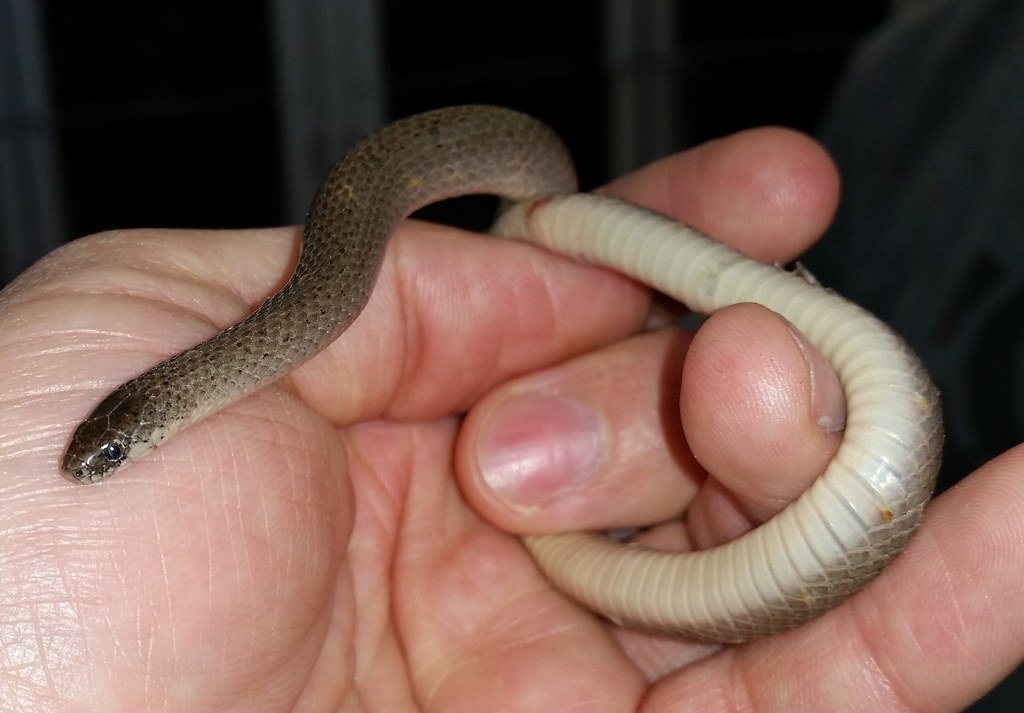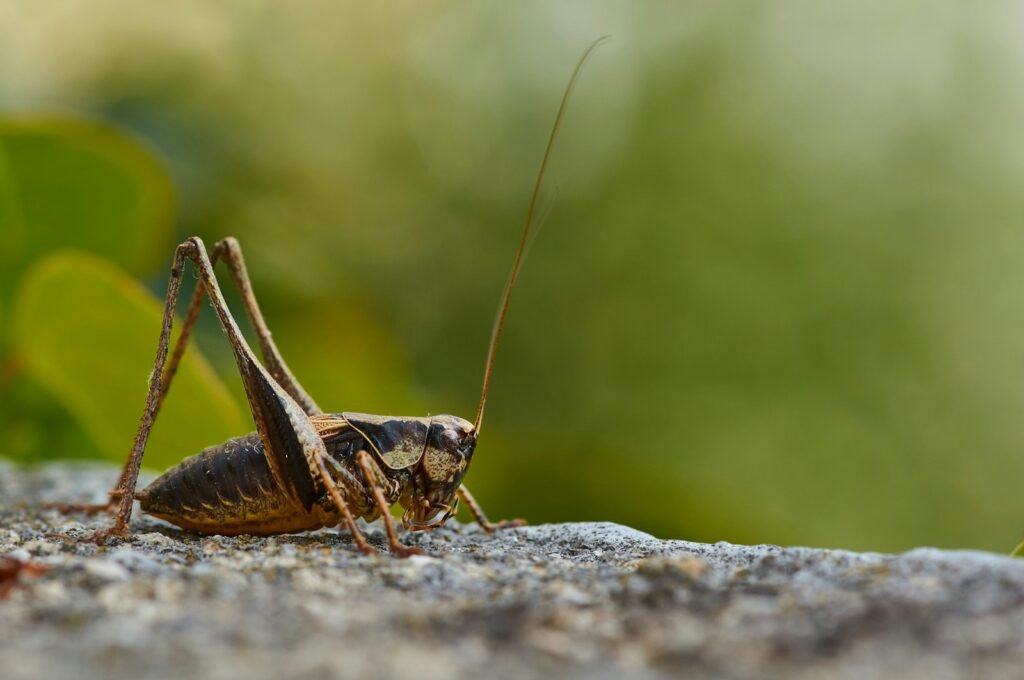Imagine a plant that hunts without eyes, ensnares without roots, and survives by siphoning the life from unsuspecting hosts. This is not the plot of a science fiction thriller—it’s the daily life of dodder, a truly bizarre and awe-inspiring member of the plant kingdom. For centuries, dodder has captivated botanists and baffled gardeners with its ghostly appearance and almost supernatural survival tactics. Its ability to “sniff out” its victims makes it one of the most cunning parasites in nature. The world of dodder is both fascinating and unsettling, revealing a side of plants most of us never imagined.
The Ghostly Appearance of Dodder
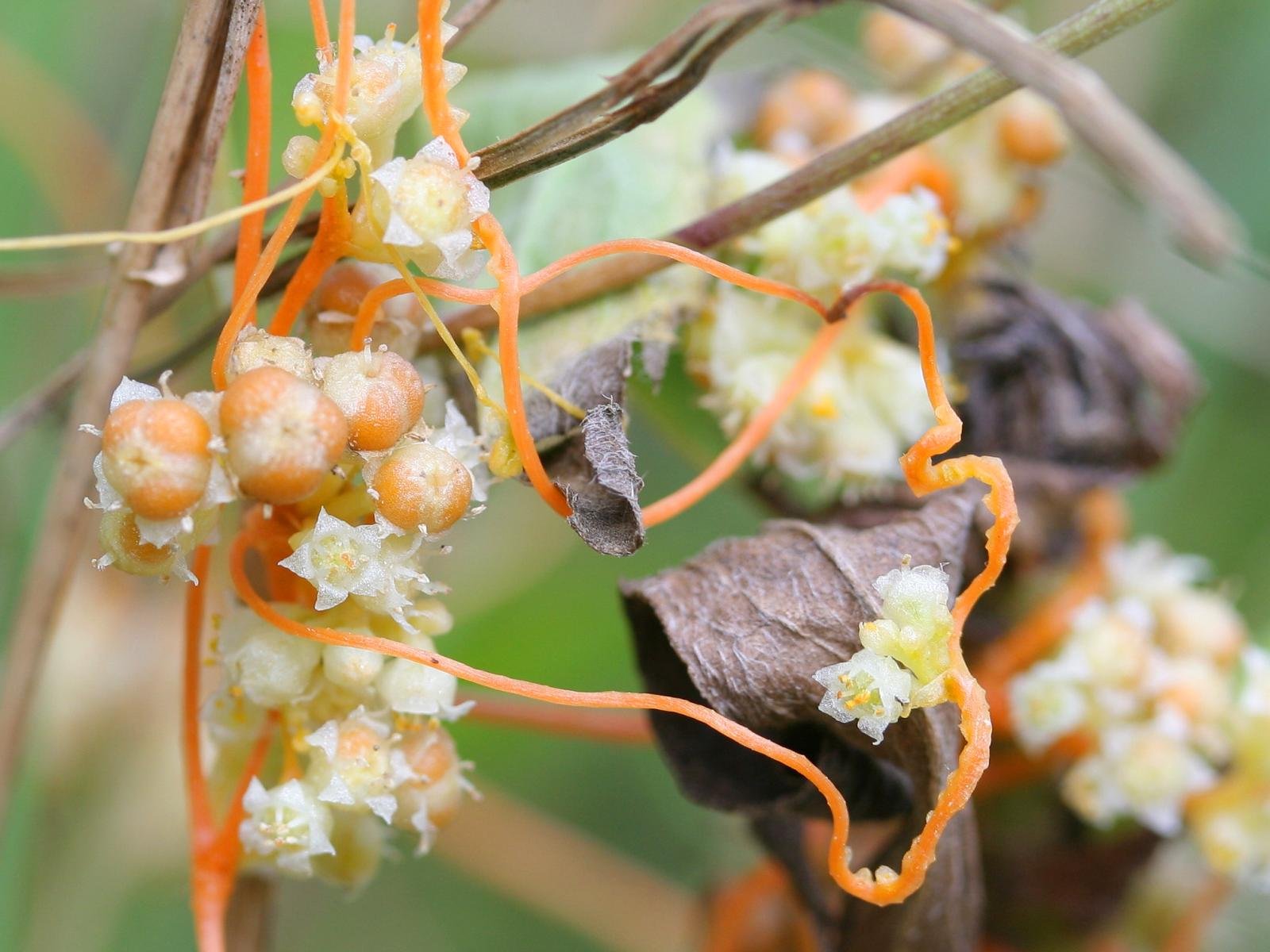
Dodder is hard to mistake for any ordinary plant. With its wiry, thread-like stems, it weaves golden, orange, or pale yellow tangles over its victims, creating an eerie spectacle in fields and gardens. Unlike the lush green of most plants, dodder lacks chlorophyll, so it doesn’t photosynthesize or produce its own food. This gives dodder an almost spectral quality, as if it is a shadow of a plant, living only by stealing from others. Its leaves are reduced to tiny scales, making it look even more otherworldly. When you spot a mass of spaghetti-like strings overtaking a host, you’re likely witnessing dodder in action. Its presence can transform vibrant patches of vegetation into tangled, haunted landscapes.
The Parasitic Lifestyle: An Unusual Survival Strategy
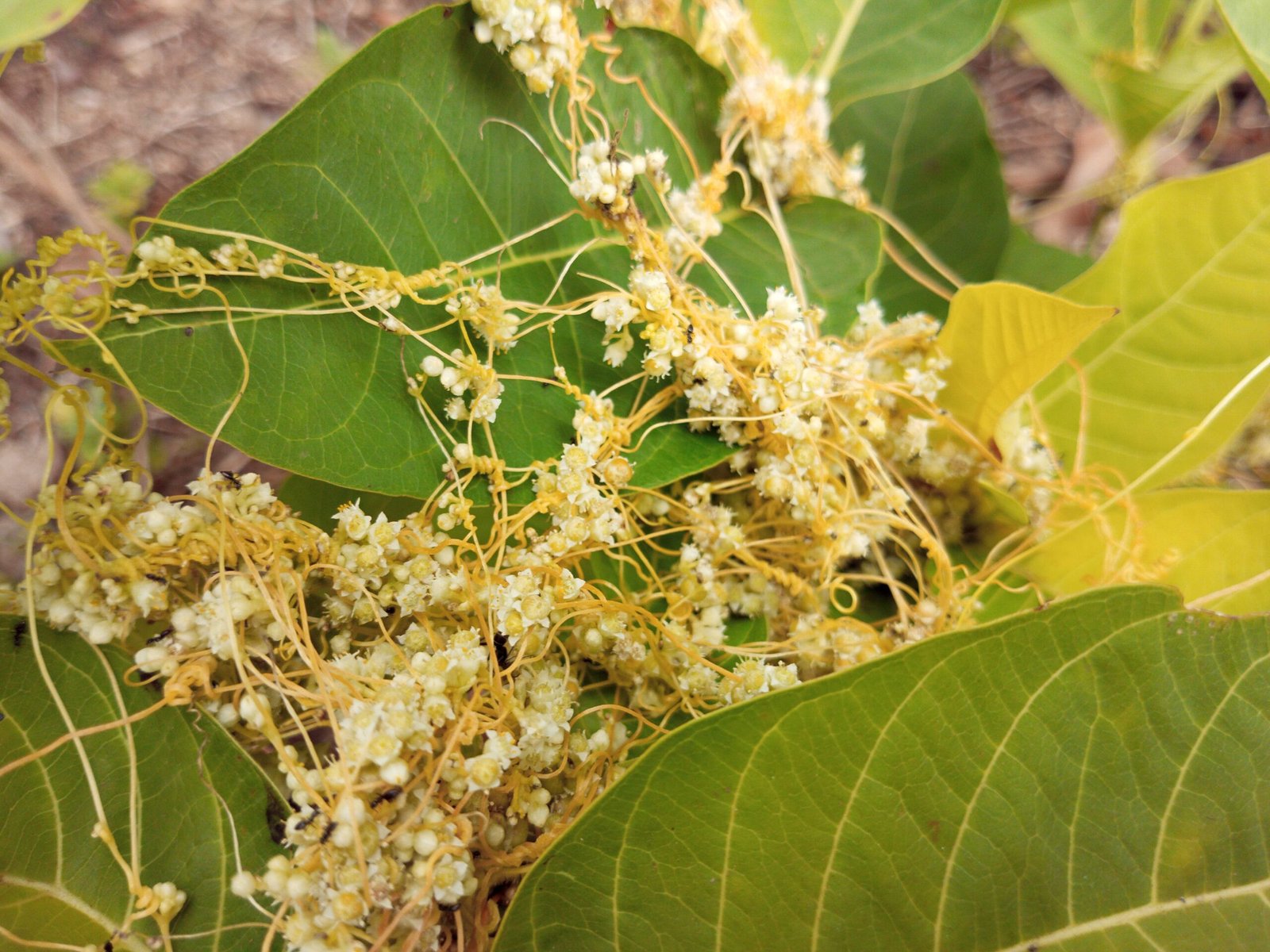
Most plants rely on their roots to anchor them and absorb nutrients from the soil, but dodder has taken a dramatically different path. After germinating, dodder seedlings have only a few days to find a host. If they fail, they die. Once dodder latches onto a suitable host, it quickly abandons its own roots, relying entirely on the host plant for water, minerals, and sugars. It sinks specialized structures called haustoria into the host’s stems or leaves, forming a bridge for siphoning life-giving fluids. This ruthless dependency allows dodder to thrive even in poor soils, bypassing the need for sunlight or fertile ground. It’s a bold evolutionary gamble that has paid off spectacularly for this parasitic plant.
How Dodder Finds Its Victims: The Power of Plant “Smell”
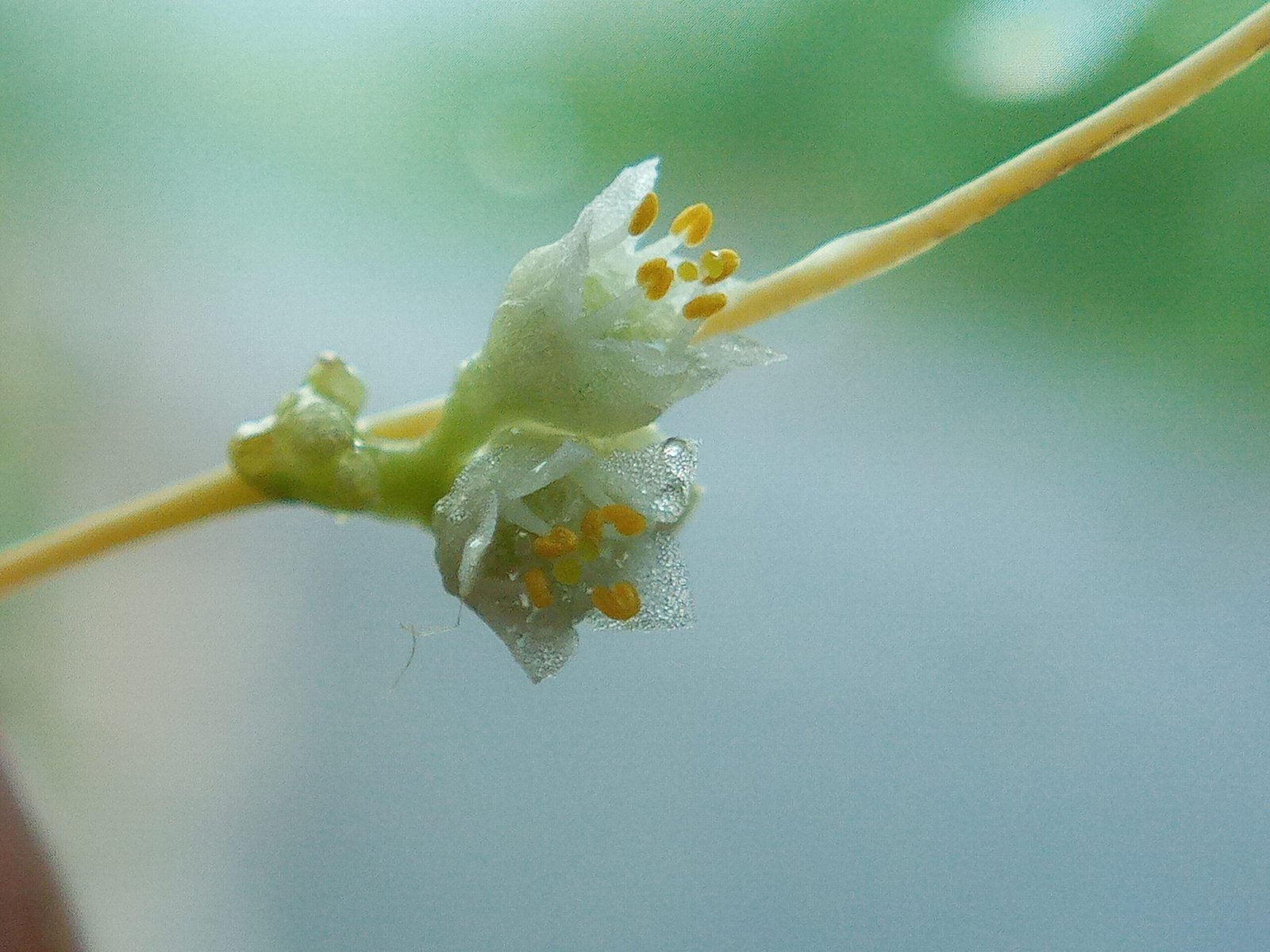
Perhaps the most astonishing fact about dodder is its ability to “sniff out” its victims. Scientists have discovered that dodder seedlings can detect volatile organic compounds—essentially, plant smells—emitted by nearby hosts. In laboratory experiments, dodder seedlings consistently grew toward tomato plants and other preferred hosts, following scent trails like a hunting animal. This plant “sense of smell” is one of the rarest skills in the botanical world. Dodder’s detection of chemical signals allows it to choose the most nutritious or vulnerable hosts, maximizing its chances of survival. The idea of a plant that can smell its prey is both thrilling and a little unsettling, challenging our understanding of plant intelligence.
Haustoria: The Dodder’s Feeding Tubes
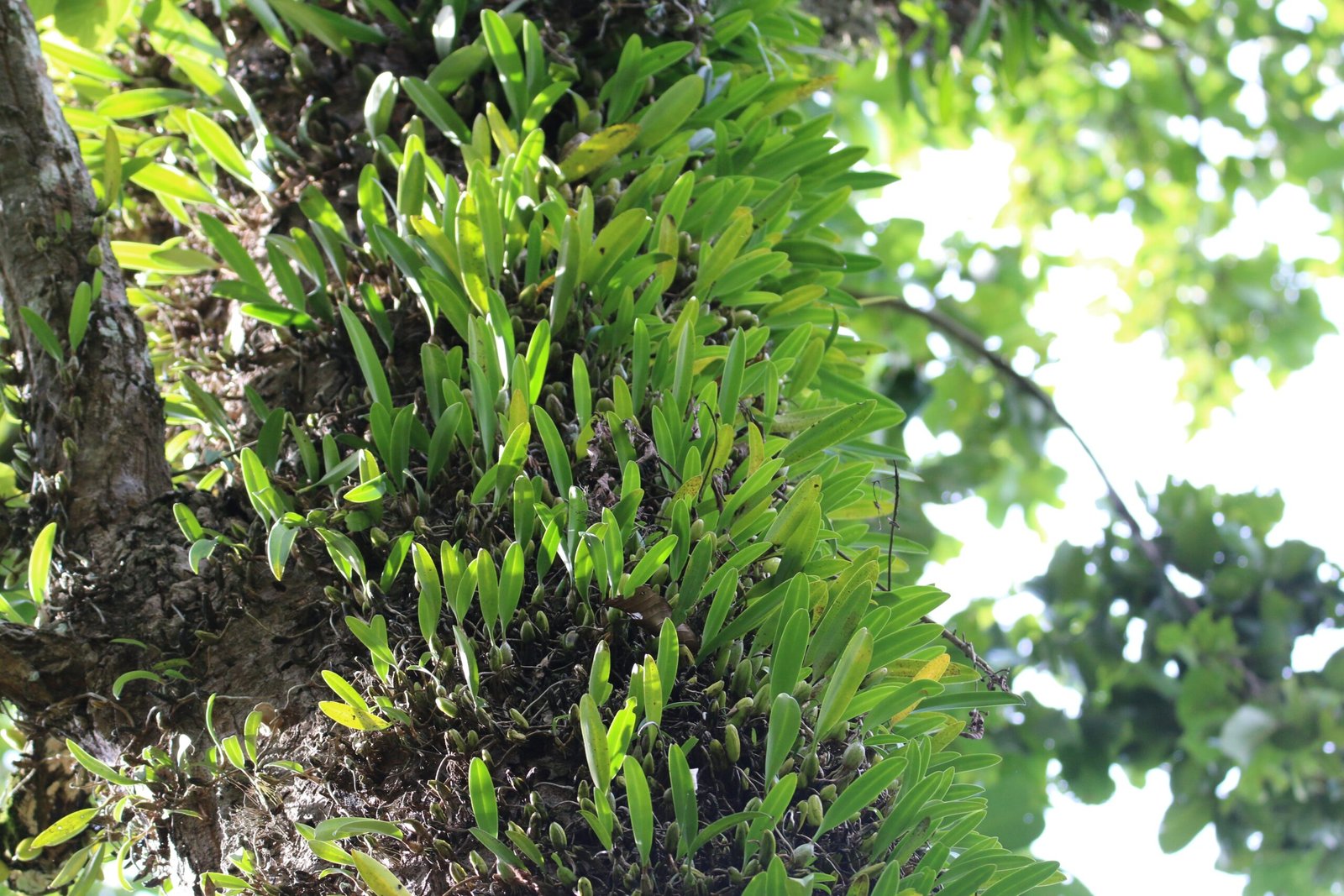
Dodder’s weapon of choice is the haustorium, a specialized organ that functions like a biological feeding tube. Once dodder coils itself around a host, it punctures the host’s tissues with its haustoria. These structures penetrate deep into the plant’s vascular system, drawing out water and nutrients with remarkable efficiency. The process is so effective that dodder can sometimes drain its victims to the point of wilting or death. This one-way exchange leaves the host weakened, stunted, or even mortally wounded. The haustoria are not just physical connections; they also allow dodder to manipulate the host’s chemistry, sometimes even suppressing the host’s defenses.
Dodder’s Impact on Agriculture and Ecosystems
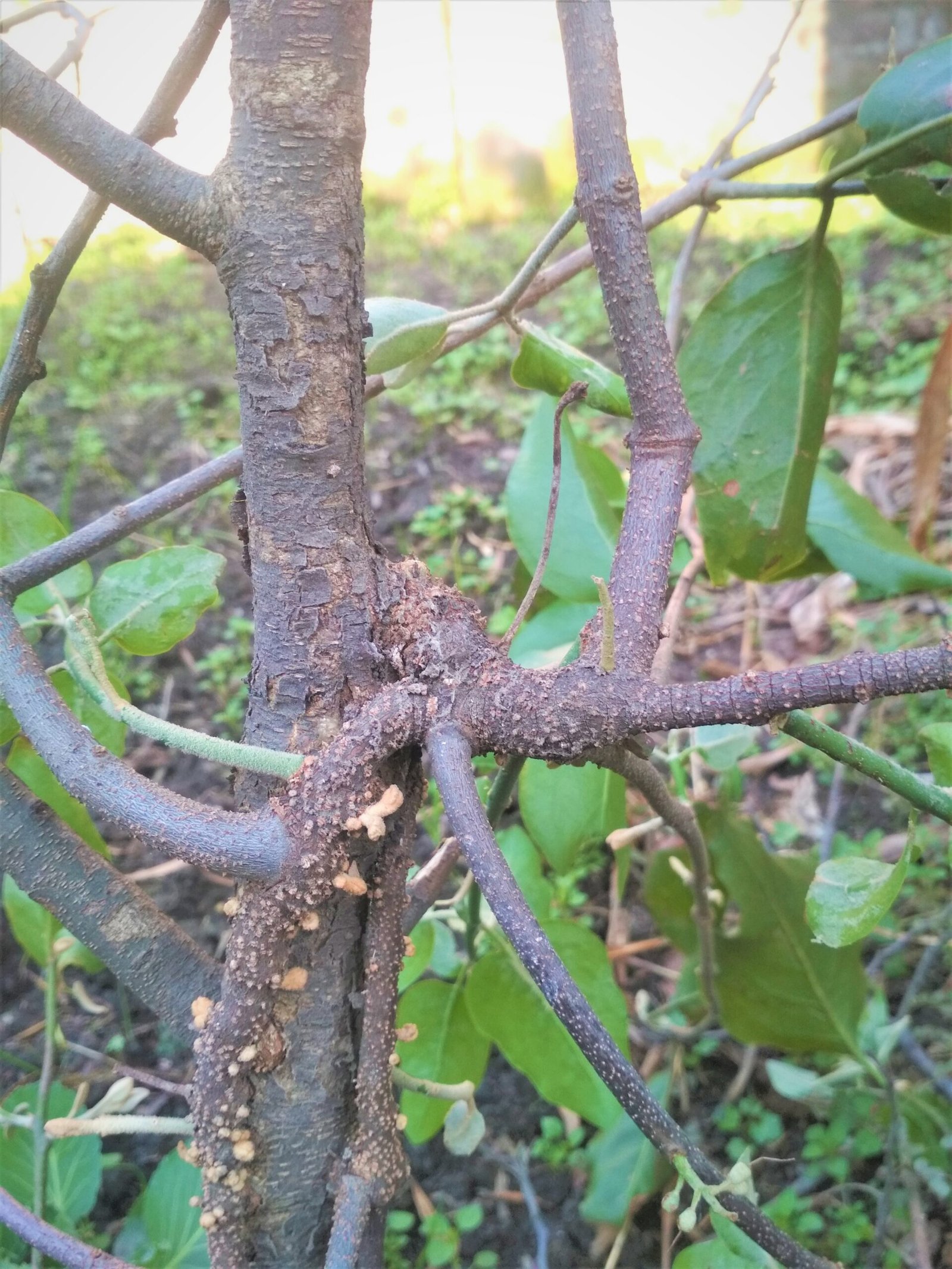
Dodder isn’t just a quirky curiosity—it can be a serious agricultural menace. It attacks a wide range of crops, including tomatoes, alfalfa, carrots, and potatoes, sometimes causing devastating losses for farmers. Infestations can spread rapidly, as dodder produces thousands of seeds that remain viable in the soil for years. In natural ecosystems, dodder can alter plant communities by weakening dominant species and allowing less competitive plants to flourish. This shifting of the ecological balance may sometimes increase biodiversity, but it can also threaten rare or endangered plants. The economic and ecological consequences of dodder infestations have made it a target for intensive research and management efforts.
The Incredible Seed Dispersal Tactics

Dodder’s survival strategy doesn’t end with parasitism; it’s also a master of spreading its seeds far and wide. Each dodder plant can produce a staggering number of seeds, often numbering in the thousands. These seeds are tough and durable, able to survive in the soil for several years until the right conditions trigger germination. Birds, water, and even humans can unwittingly transport dodder seeds to new locations. This relentless dispersal ensures dodder can quickly colonize new areas, making control efforts especially challenging. Its persistence and adaptability have earned dodder a reputation as a botanical invader that’s nearly impossible to eradicate.
The Global Reach of Dodder
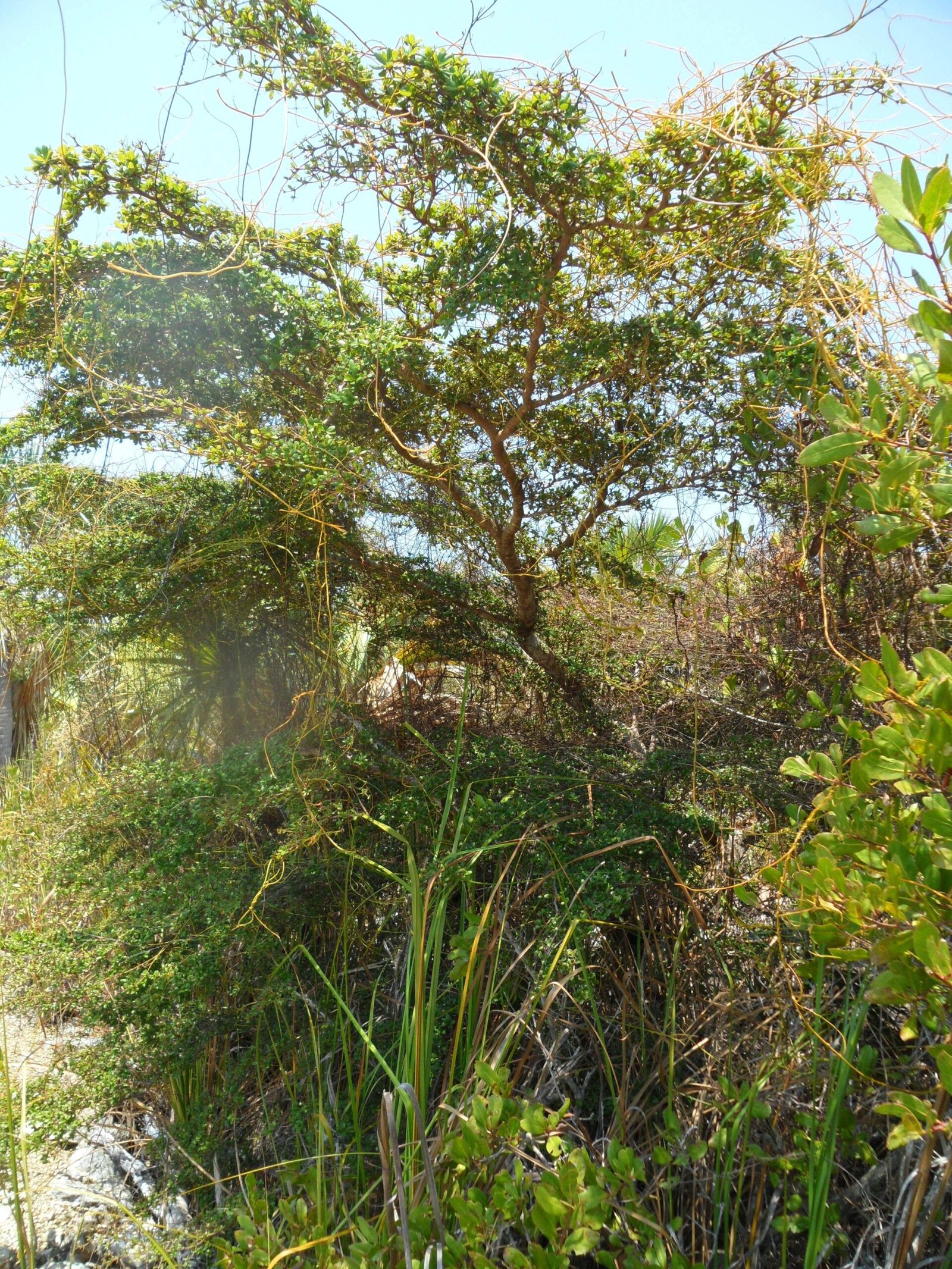
Dodder is not confined to one region; it has spread across nearly every continent. Over 200 species of dodder exist worldwide, and each has adapted to local conditions and preferred hosts. Some species thrive in temperate grasslands, others in tropical forests, and still others target specific crops in agricultural zones. Its adaptability is truly impressive, allowing dodder to exploit a vast array of environments. Gardeners and farmers from California to India have struggled with dodder’s tenacity. Its global distribution is a testament to its evolutionary success and the effectiveness of its parasitic strategy.
Dodder’s Role in Scientific Research
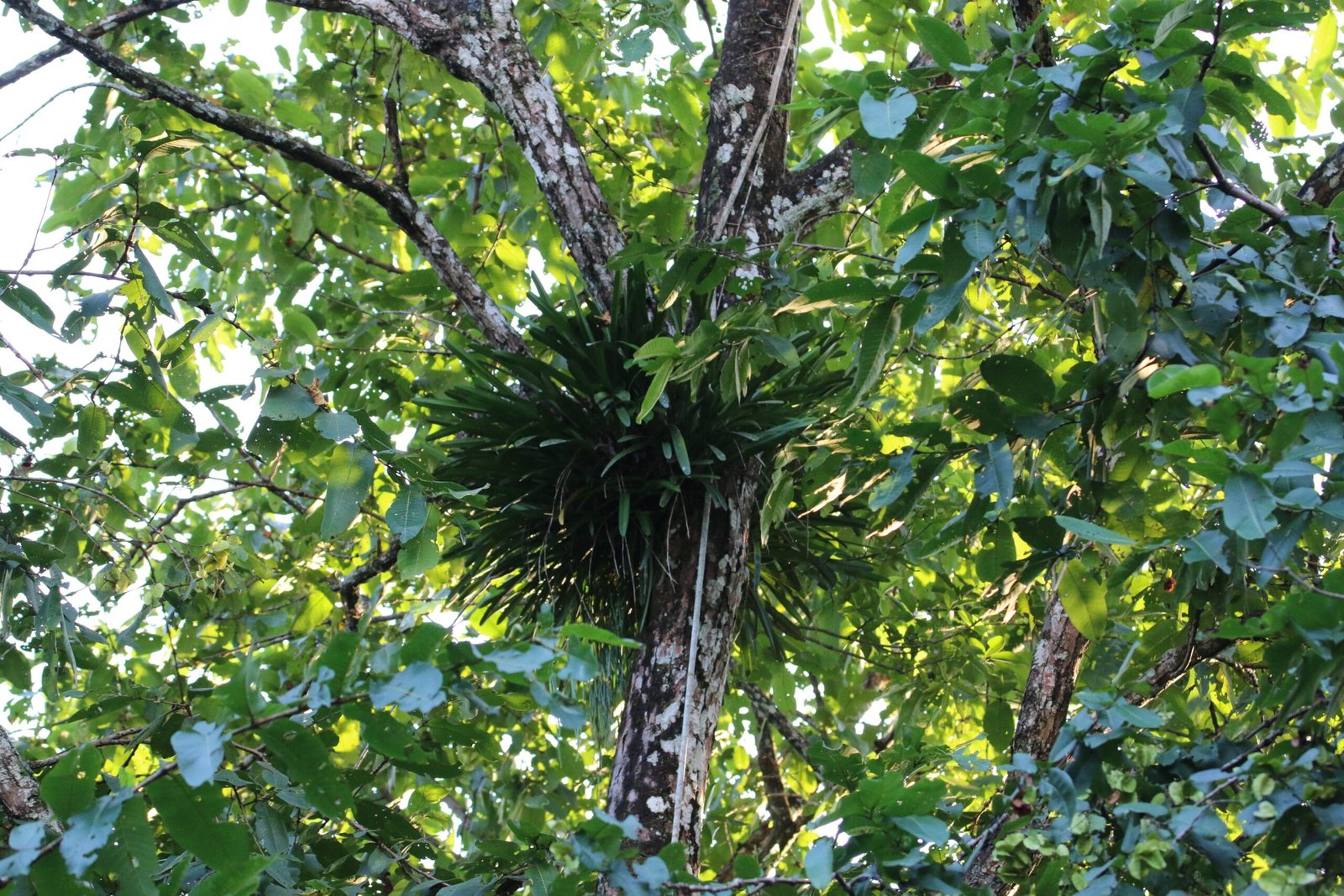
Dodder has become a favorite subject for scientists seeking to understand plant communication and parasitism. Studies of dodder’s “sense of smell” have opened new fields in plant neurobiology, revealing unexpected complexities in how plants perceive and interact with their environment. Researchers also use dodder as a model to study gene transfer between plants, as dodder can sometimes acquire genetic material from its hosts. This research has implications for biotechnology, crop protection, and our broader understanding of plant evolution. Dodder’s peculiar biology continues to inspire curiosity and innovation in laboratories around the world.
Natural Defenses Against Dodder
Not all plants are helpless in the face of dodder’s attacks. Some species have evolved defenses that make them less appealing or more resistant to dodder infestation. For example, certain tomato varieties can produce chemicals that repel dodder seedlings or make it harder for haustoria to penetrate their tissues. Other plants respond by thickening their cell walls or activating immune-like responses when attacked. These natural defenses are of great interest to scientists and breeders who hope to develop more dodder-resistant crops. The ongoing evolutionary arms race between dodder and its hosts is a dramatic example of nature’s ingenuity.
Human Approaches to Dodder Control
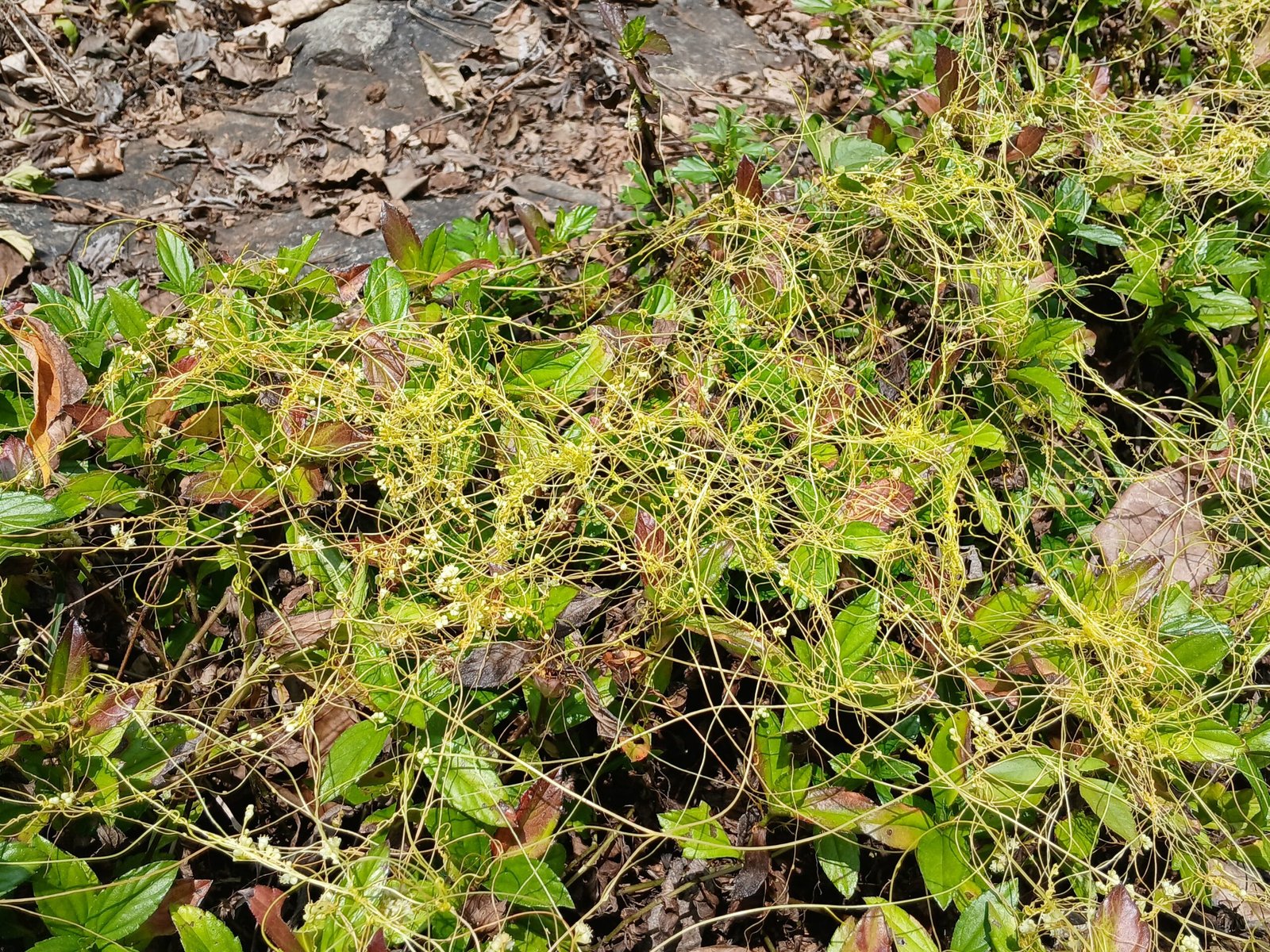
Farmers and gardeners have tried countless methods to combat dodder, but success is rarely easy. Manual removal of dodder is possible but labor-intensive, especially in large fields. Herbicides can kill dodder, but they often harm the host plants as well, making chemical control tricky. Some innovative approaches include using crop rotation to interrupt dodder’s life cycle or planting resistant crop varieties. Scientists are also exploring biological control agents, such as insects or fungi that attack dodder but spare the crops. The search for effective and sustainable solutions is ongoing, driven by the persistence and adaptability of this tenacious parasite.
A Glimpse Into the Future: Dodder and Climate Change
As the climate changes, dodder’s story is entering a new chapter. Warmer temperatures and shifting weather patterns could expand dodder’s range, bringing it to new regions and crops. At the same time, changes in farming practices and ecosystems may offer new opportunities—or new challenges—for dodder. Scientists are monitoring these trends closely, using models and experiments to predict where dodder might strike next. The future of dodder is uncertain, but its resilience suggests it will remain a formidable presence in fields and wildlands alike.
Dodder’s haunting beauty and astonishing survival strategies serve as a powerful reminder of nature’s creativity and ruthlessness. This parasitic plant blurs the lines between hunter and prey, plant and predator, intelligence and instinct. Its ability to sniff out its victims, drain them of life, and spread with relentless determination is both shocking and strangely inspiring. Dodder’s story challenges us to see plants not as passive bystanders, but as cunning players in the great web of life. What other secrets might the plant world be hiding?

